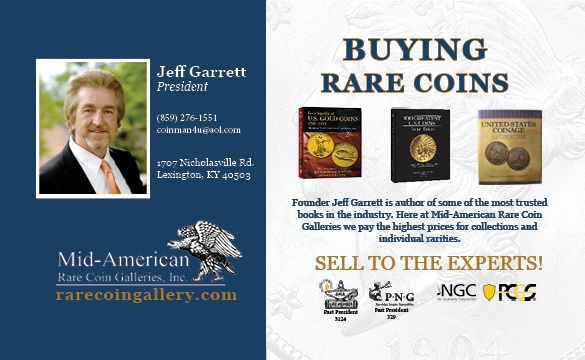
PREV ARTICLE
NEXT ARTICLE
FULL ISSUE
PREV FULL ISSUE
VOCABULARY TERM: SUSPENSIONDick Johnson submitted this entry from his Encyclopedia of Coin and Medal Terminology. Thanks! -Editor Suspension. Affixing one medallic component to another – by loops, chains, jump rings, ribbons and other means – to form badges, decorations, collars, multipart pins and such. Suspension ranges from a simple pendant medal hung from a header to elaborate mechanics connecting parts of an exotic decoration or collar. Suspension is a form of mounting and creates the means whereby a medal of several parts can be worn. A medal that does not have any suspension mechanism and not intended to be worn is called a table medal. Generally a table medal is mounted for display, a medal to be worn is suspended for display. Every medallic item with suspended elements to be worn has some form of attaching to a garment – by pin or clasp or stem and clasp on the back of the top element. Multiple elements serve a utilitarian purpose by providing several classes to any one event, thus the delegates from several states for example can be identified for one convention badge by having bars or headers with separate state names. Multiple elements. As the convention badge developed as a popular medallic item at the end of the 19th century and the beginning of the 20th, more elements were added. Pendants were added to a header bar. Then bars were added between those two elements. Then a smaller pendant – called a drop – was suspended from the header. The more elements that could be designed into a total badge the more exclusive it became. Any group within a larger group could be identified by the design or wording on these elements. Officers, VIPs or convention officials could be noted by their distinguishing elements. Delegates from each state could have their own bar or element. Local pride and boosterism appeared in medallic form as the sponsoring organization would tout its city and area's features. Everything from the cannon in the public square to the Statue of Liberty appeared on the medallic elements. Also, the drops became quasi-relic items as they were made of some local manmade or natural product, as seashells, nuts, or even lumps of coal! Decorations. However common the convention badge was, orders and decorations were the exception. They were made in precious metal and often jewel encrusted but presented their own suspension problems. Their collar was the most extensive medallic item with many repeated elements with fastening between the elements until it formed a chain long enough to go over and around the recipient's head with a pendant to rest on the chest. Each of the links in the collar were diestruck but with loops to connect to the next link. The links were often of differing sizes and shapes which when seen together emphasized the theme of the pendant. Suspension systems. To connect these varied medallic elements a system of loops, rings and chains were employed by the original medal designer. When these were manufactured, the loops had to face a way in which the adjacent loop or ring would connect. An odd number of links had to connect two elements on the same plane (see drawing). The spacing between these elements had to be considered in the design. If a drop was intended, a chain had to be connected between the header and the first element long enough to allow room for the drop. Thus the size and the number of links in a chain were important. Simple loops. Loops are applied to medallic elements as the most popular means of suspension. A single loop is applied to the top of a pendant medal; this can be attached, for example, to a neck chain with a jump ring, whose ends are not welded together, but can be spread apart to pass through the eye of the loop and a link of the neck chain. A disadvantage of a single loop, however, is its tendency to flip over during wear, its reverse is displayed as often as its obverse. To prevent this two loops are affixed to the top of a pendant medal, each with a jump ring. See illustrations. When loops are affixed to both header plus pendant and a single jump ring cannot easily connect both, then a chain must be used (illustration 3). A drop would require a third loop affixed to the bottom center of the header where the drop hangs loose. See loop. Looking for the meaning of a numismatic word, or the description of a term? Try the Newman Numismatic Portal's Numismatic Dictionary at: https://nnp.wustl.edu/library/dictionary Or if you would like a printed copy of the complete Encyclopedia, it is available. There are 1,854 terms, on 678 pages, in The Encyclopedia of Coin and Medal Technology. Even running two a week would require more than 19 years to publish them all. If you would like an advance draft of this vital reference work it may be obtained from the author for your check of $50 sent postpaid. Dick Johnson, 139 Thompson Drive, Torrington, CT 06790.  Wayne Homren, Editor The Numismatic Bibliomania Society is a non-profit organization promoting numismatic literature. See our web site at coinbooks.org. To submit items for publication in The E-Sylum, write to the Editor at this address: whomren@gmail.com To subscribe go to: https://my.binhost.com/lists/listinfo/esylum All Rights Reserved. NBS Home Page Contact the NBS webmaster 
|